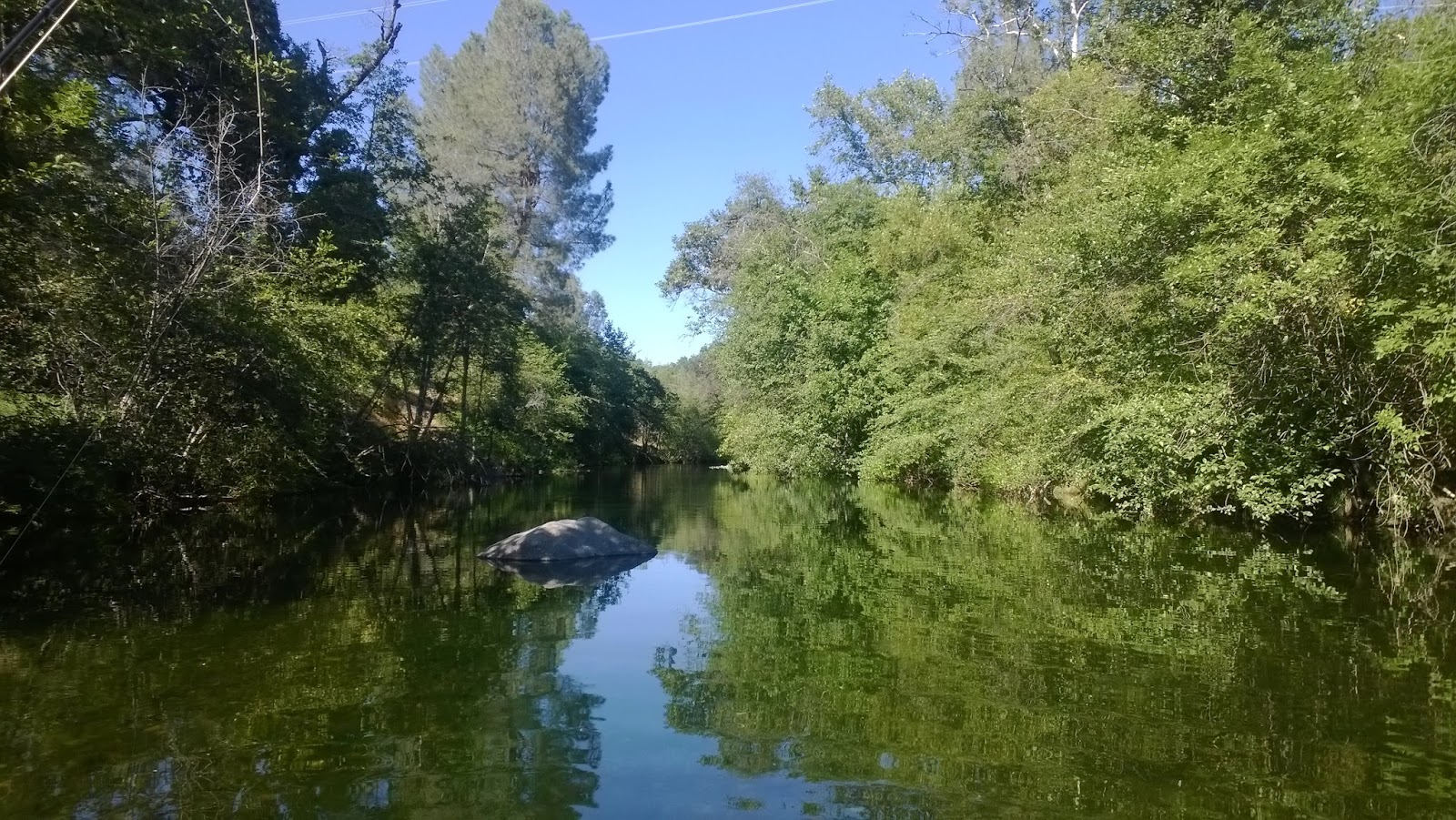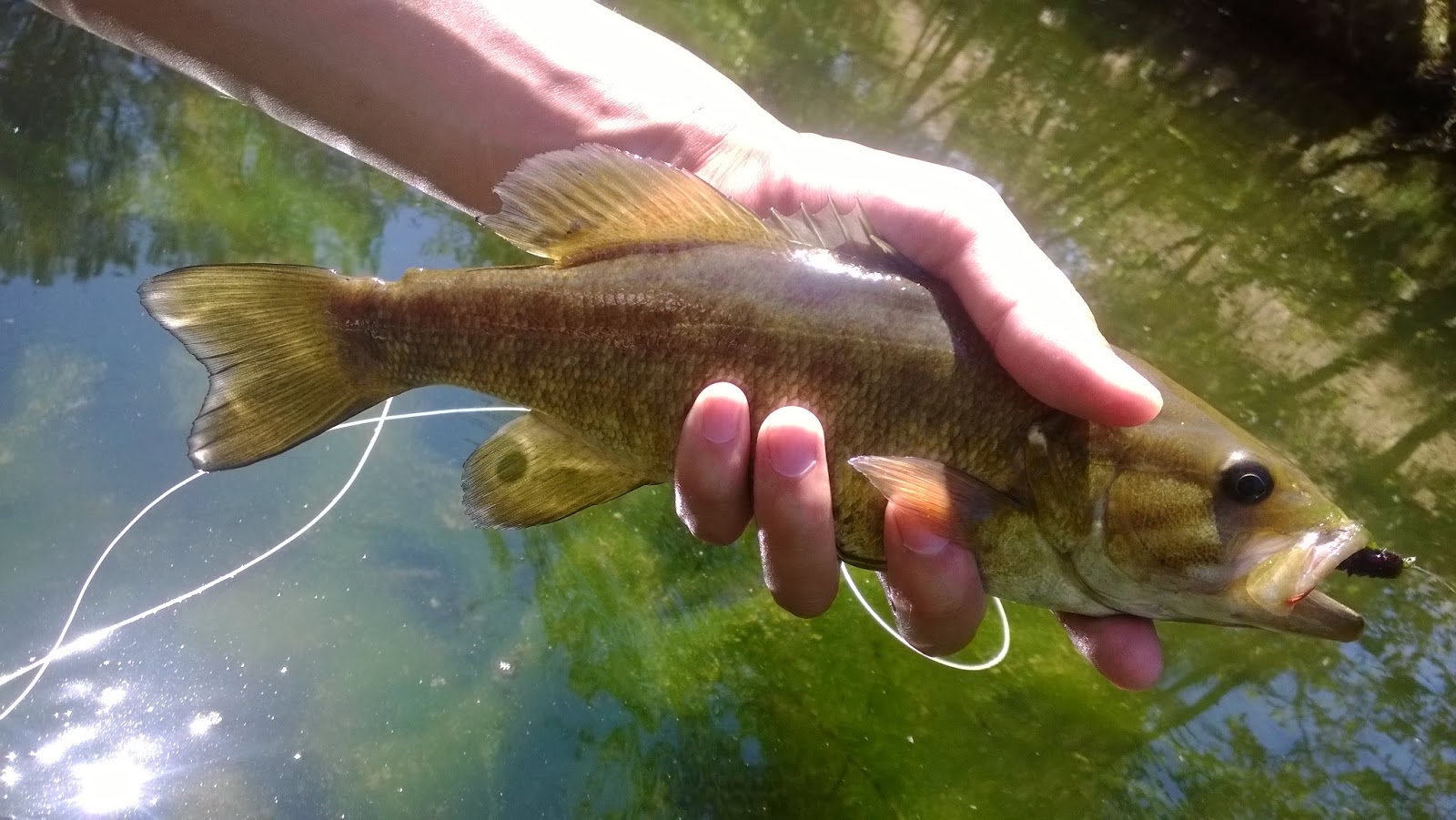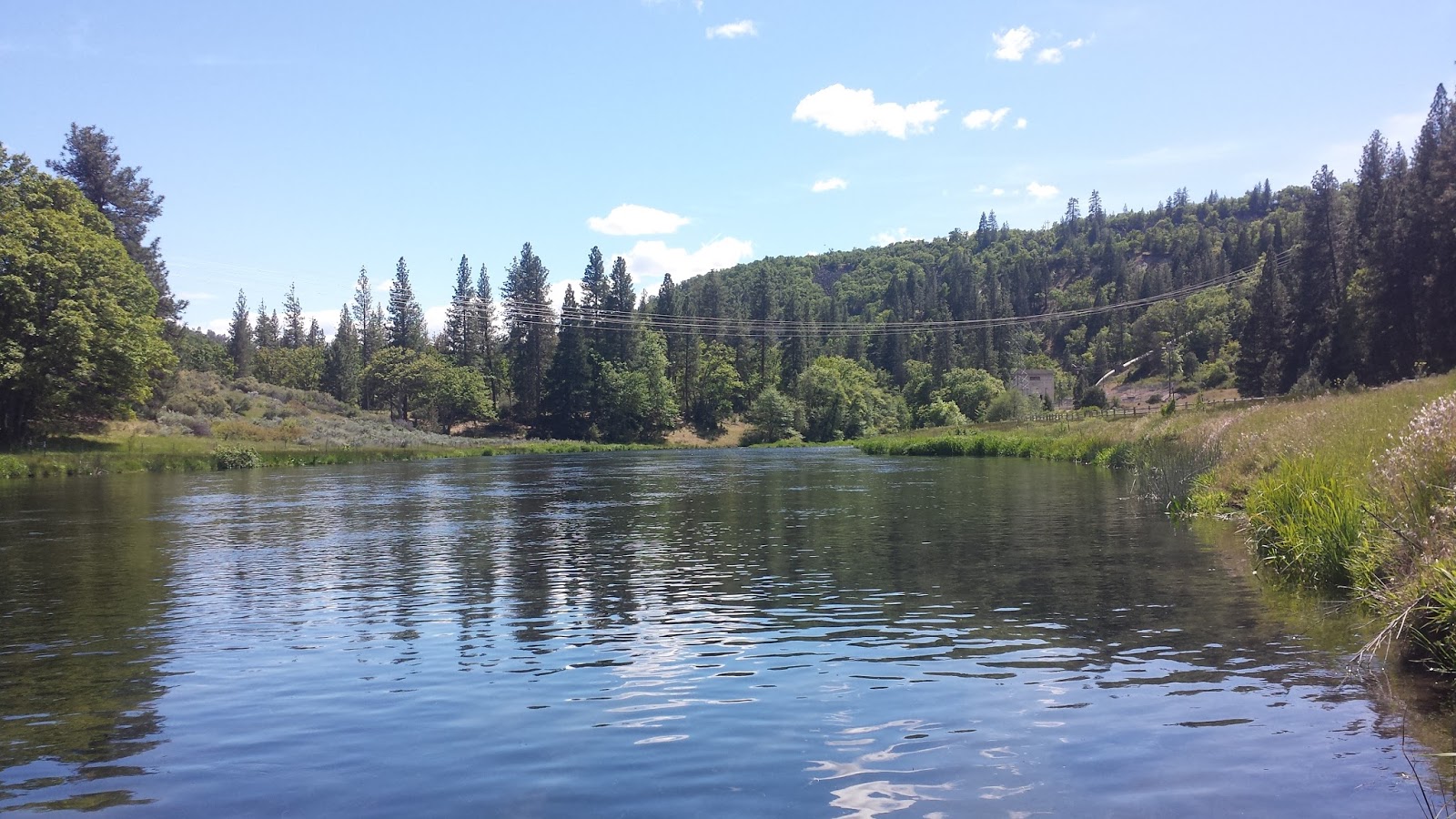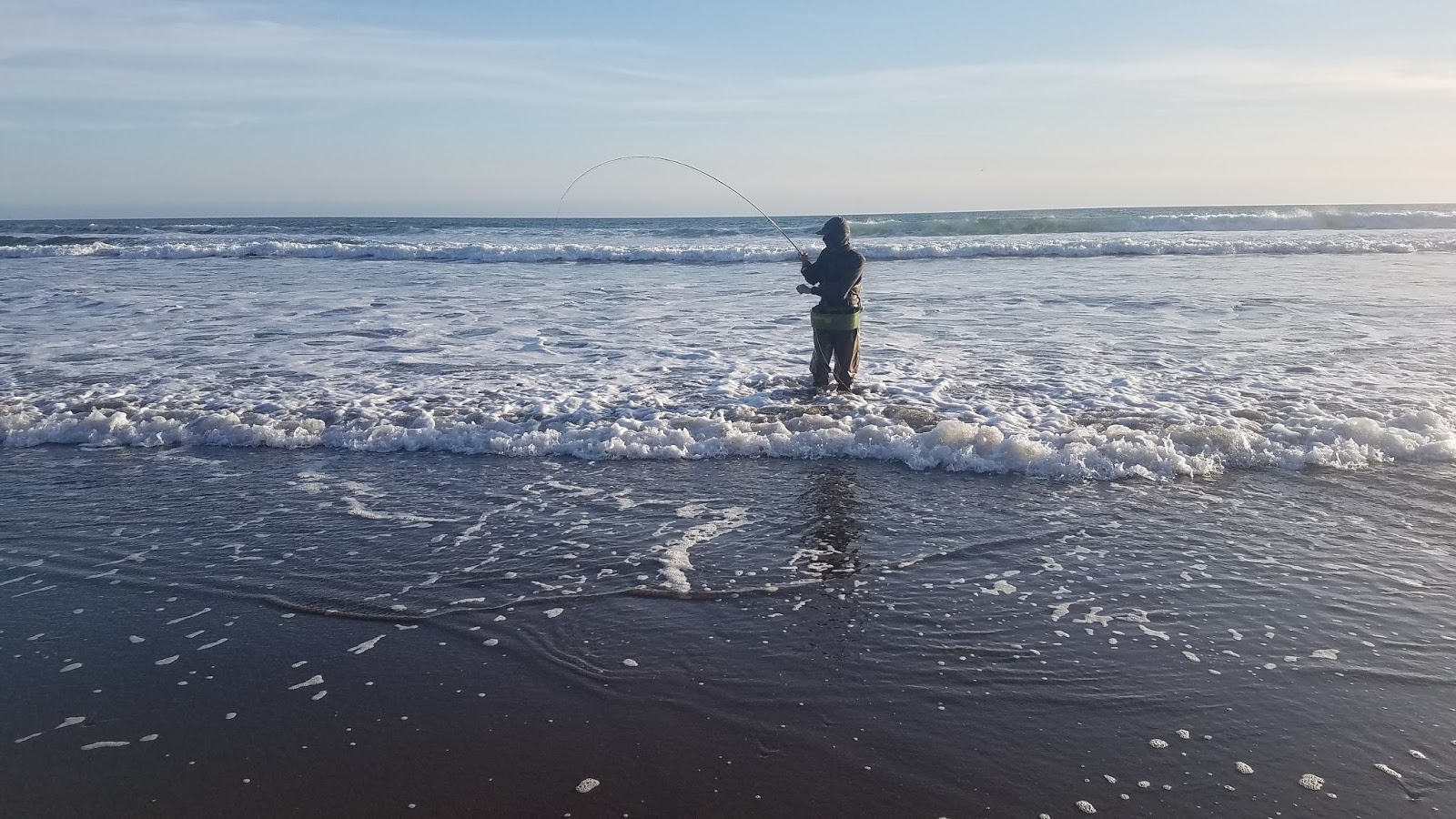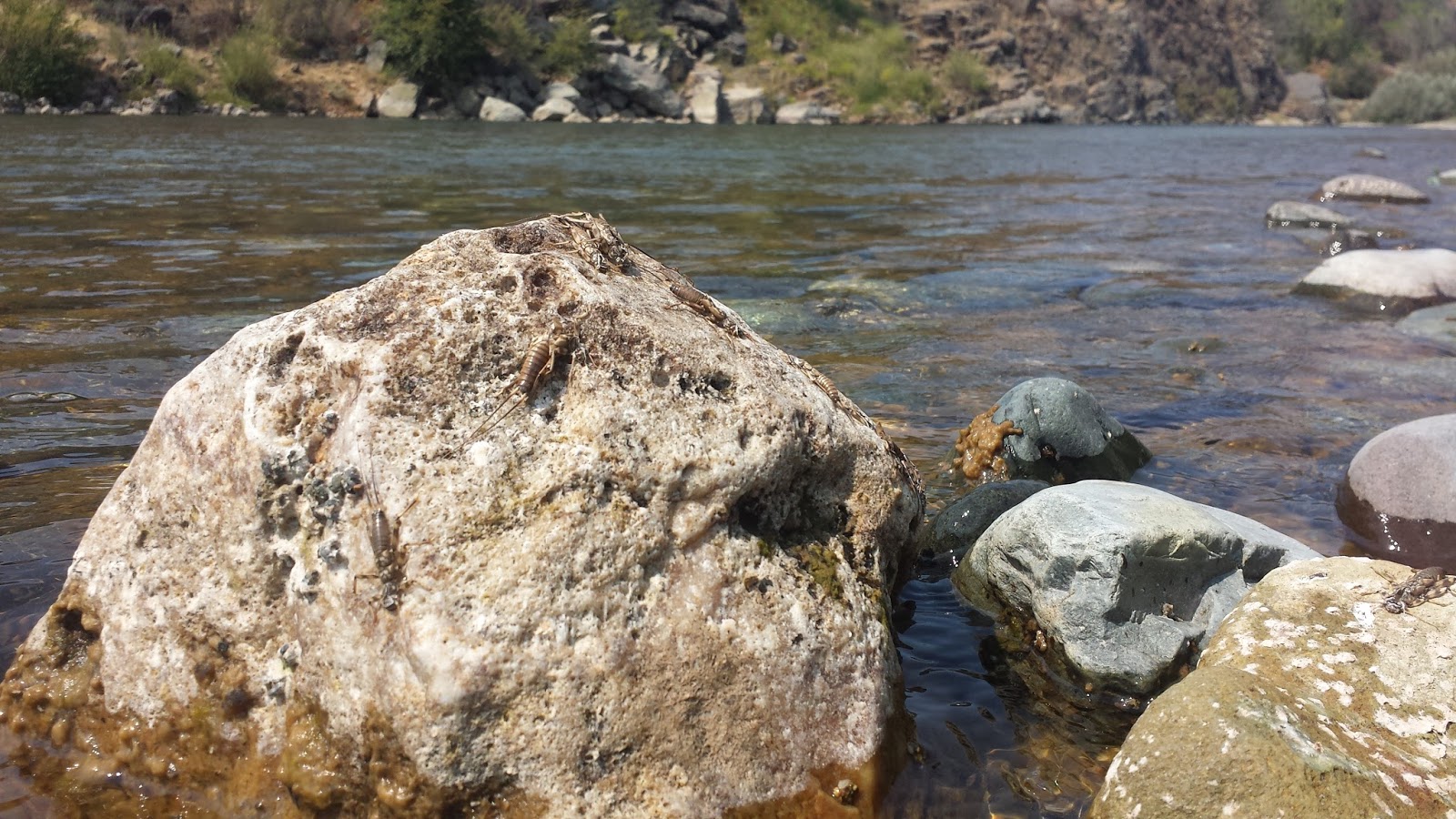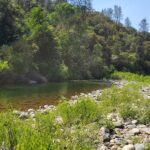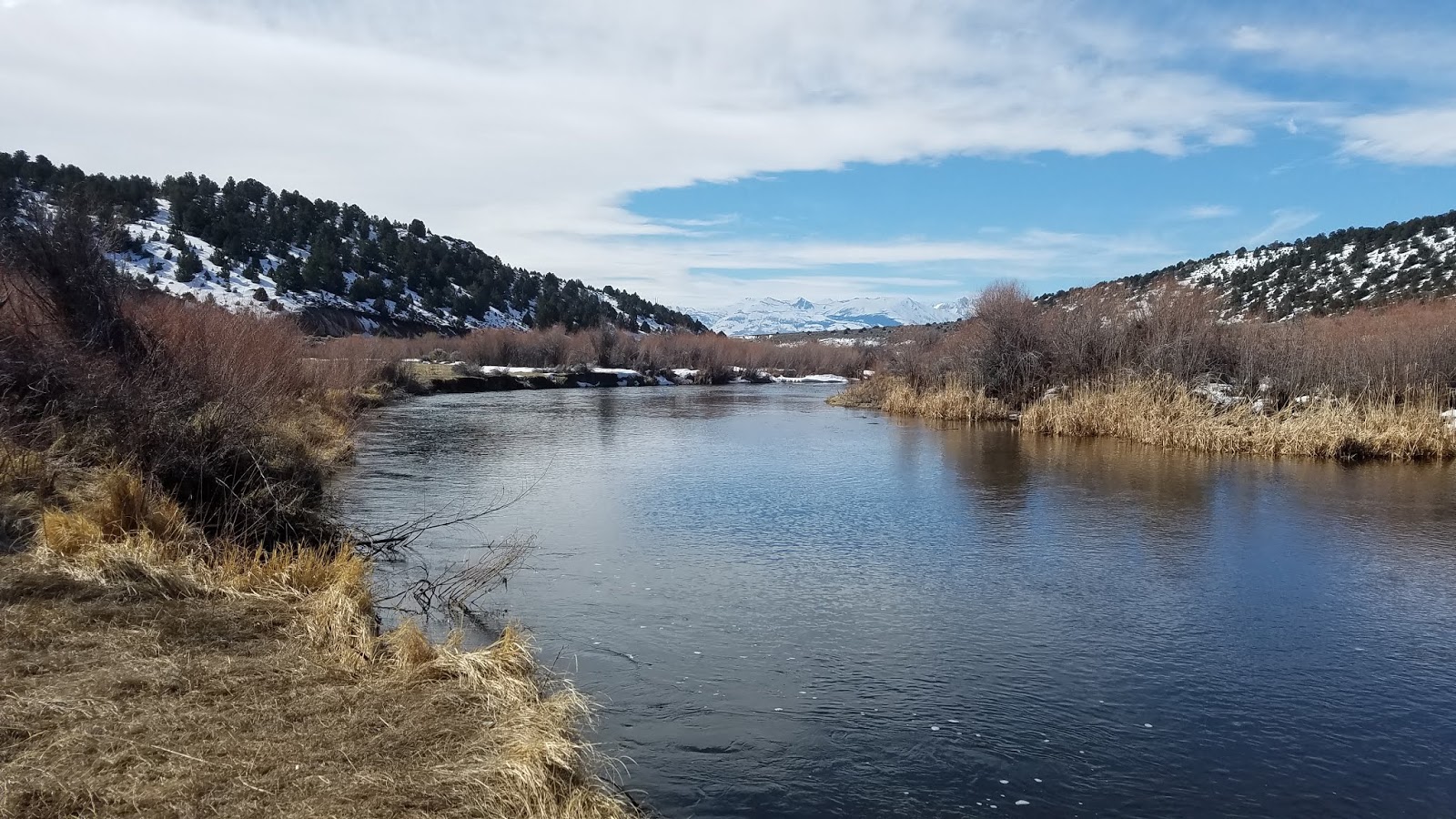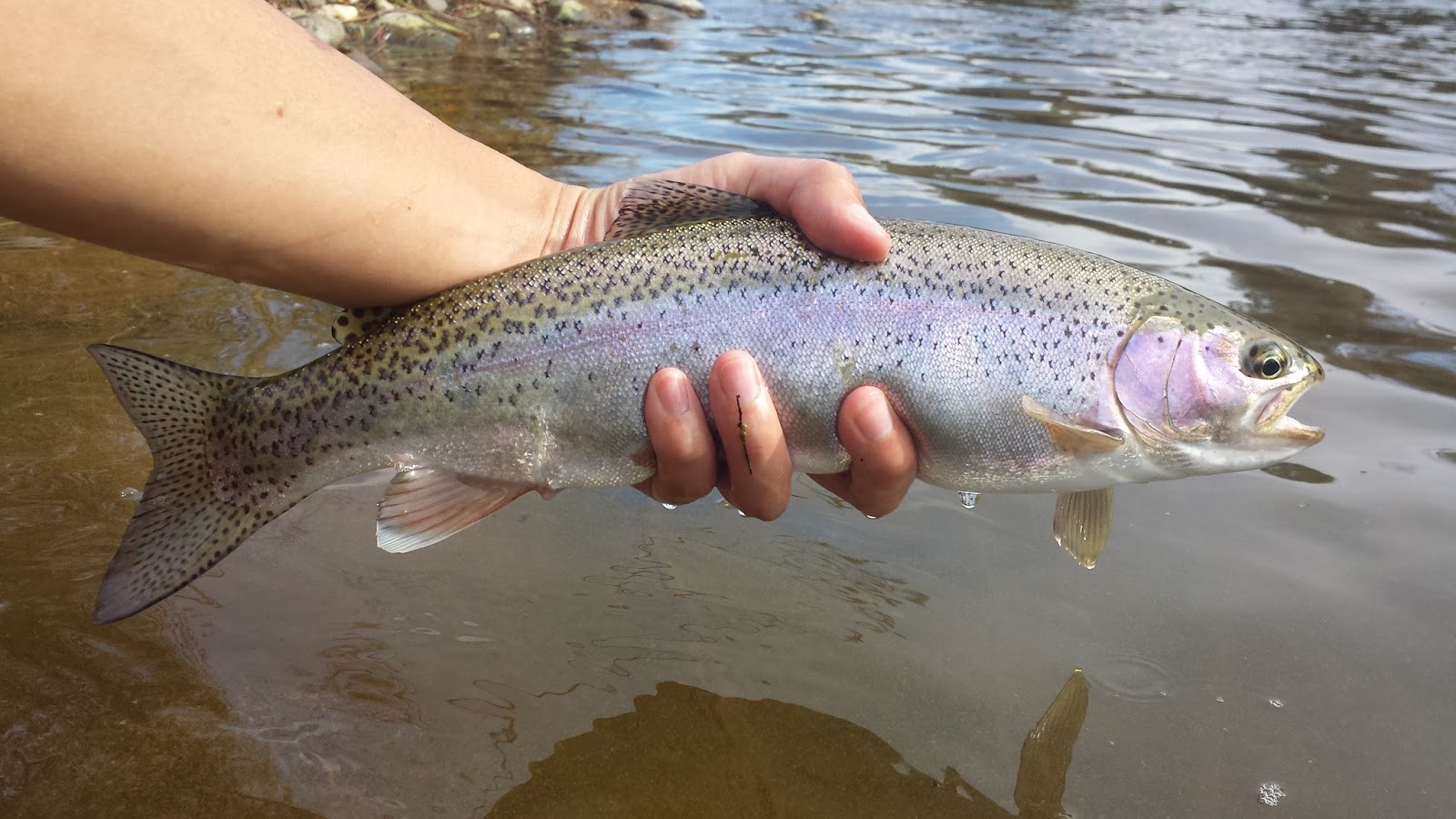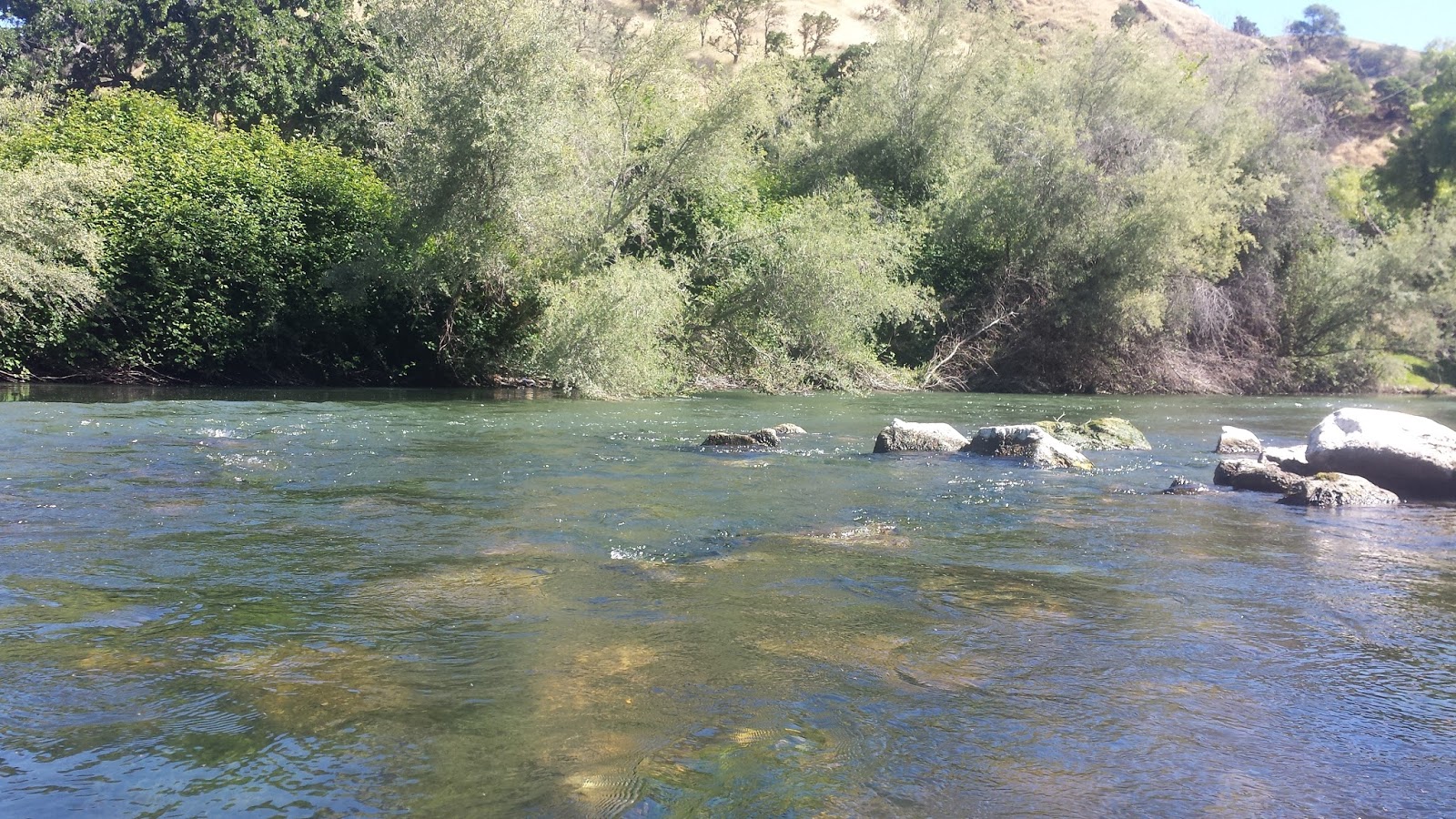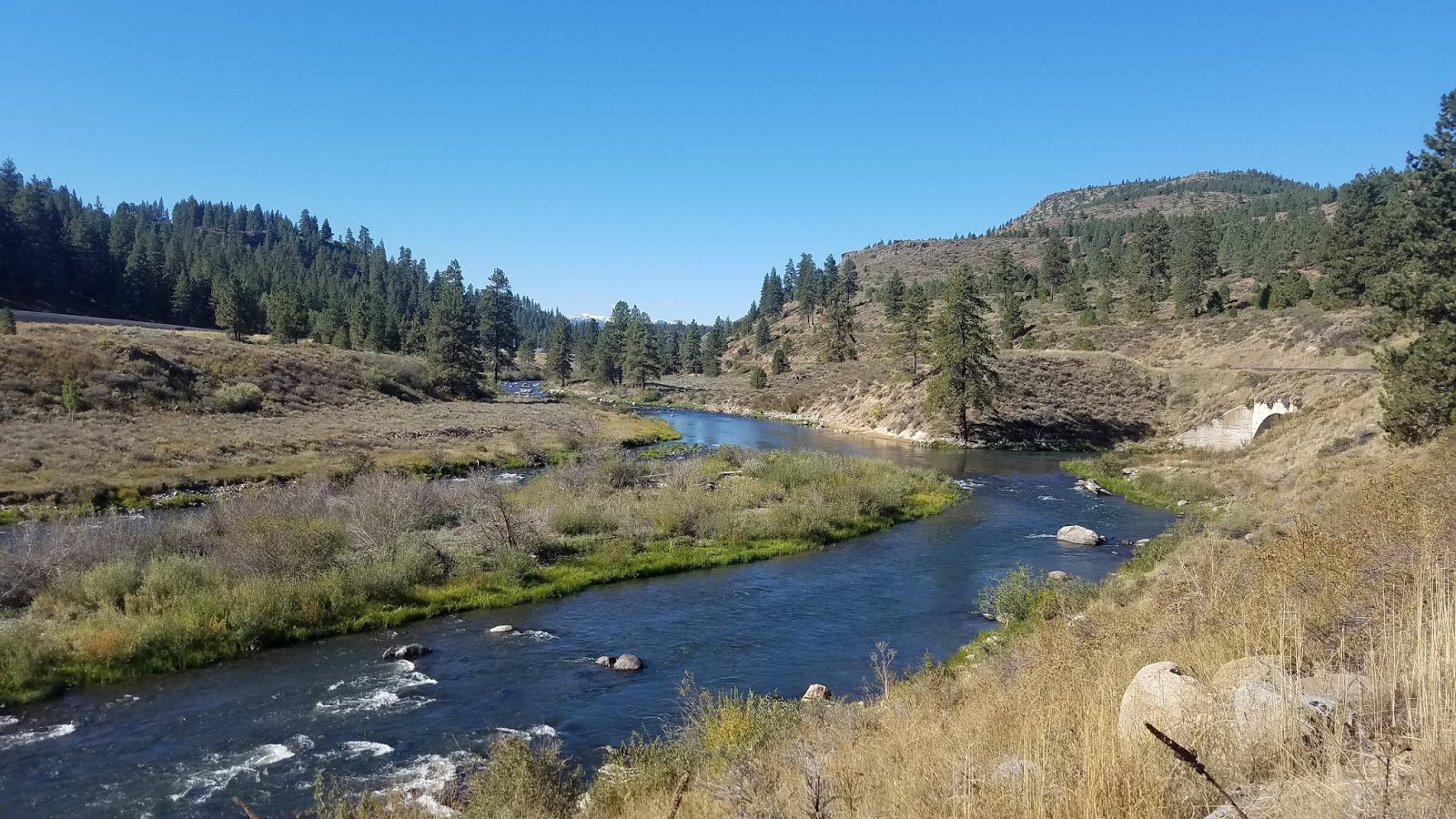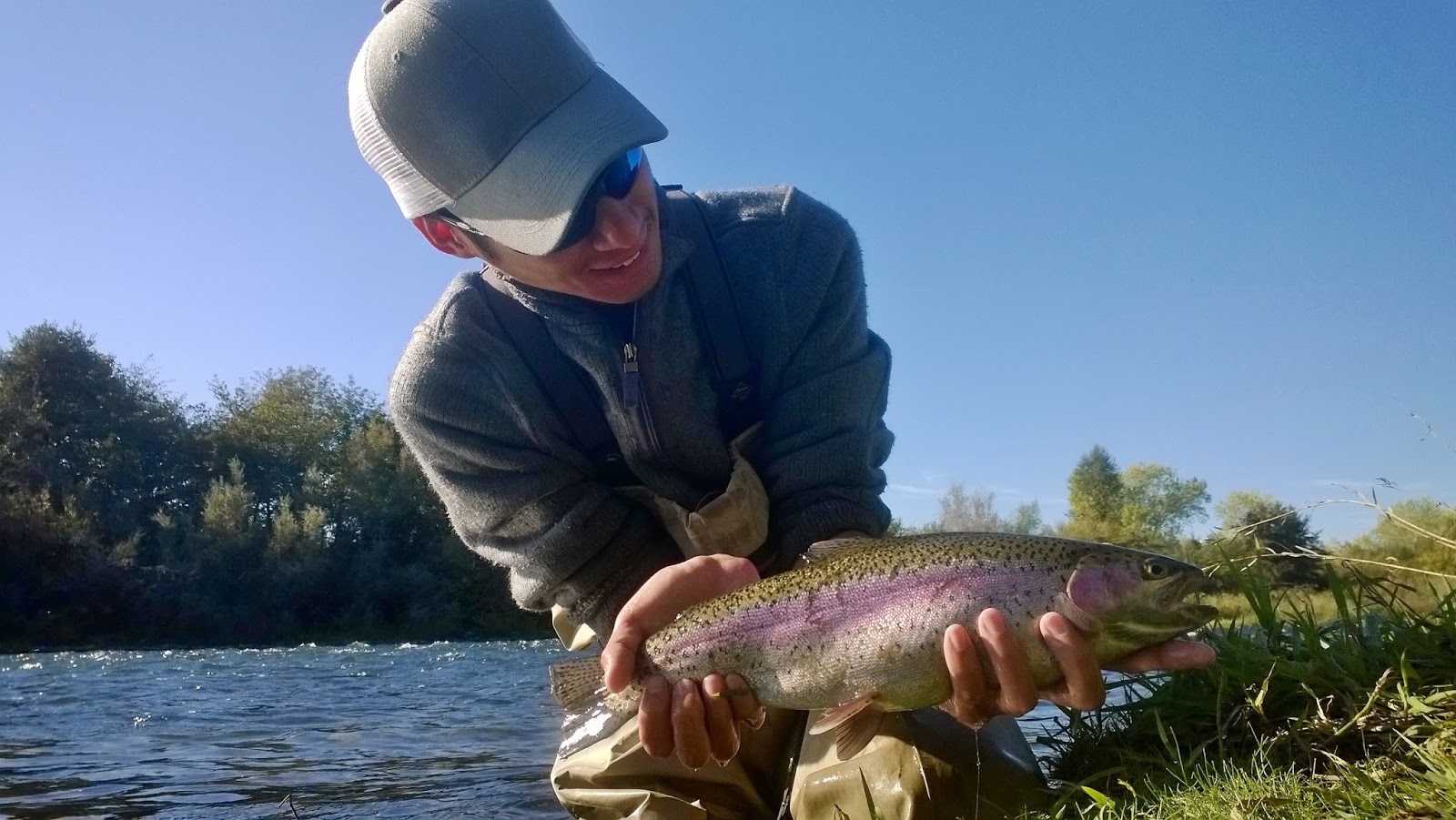Okay so you want start getting into fly fishing. You’ve seen the videos, read the articles, and you’ve even stumbled through the fly fishing section in a department store a few times. You want this, you need this. You find a local fly shop thinking it would be the best place to visit to get started. Wait I need to pay how much to be able to do this? Why is everything fly fishing so expensive?
I’ve heard supply and demand being the main reason but surely there should be some shortcuts to get me on the water faster right? Well that costs money too. Casting, tying lessons, and day trips on the water. I can feel my wallet getting thinner and thinner. But always remember that money doesn’t catch fish, good anglers catch fish.
Its okay to be cheap.
- Don’t be fooled by the price tags. A rod, reel, line, waders, boots, vest, etc are all the same tools. There is no need to pay more than what you can afford for any piece of gear period. People who know how to use their tools to fish will catch fish. Their gear, no matter how cheap or expensive, doesn’t make them any better or worse. I’ve tried the expensive stuff and it works well but so does the cheap stuff maybe even better cause I saved a few bucks to spend on beer.
- Flies for two dollars a piece? You’re going to snag at least half a dozen within a trip, money well spent? Find a reliable source for cheap flies where you can get patterns in a variety of sizes and colors. I cringe whenever I hear the teller ring up over $20 dollars worth of flies only to find a small cup full. The only flies I buy are big deer hair bass bugs or seasonal flies like a hex pattern. Here’s a fly fishing secret…. you only need a few basic patterns to catch fish ie: pheasant tail nymph, hare’s ear, etc. All other patterns are a luxury.
- Learn to tie flies or make friends with someone who will give them to you in exchange for an awesome day on the water. It’ll no longer be “Dang it I lost that fly, now I have to buy some new ones.” It’ll be “Dang it lost that fly… Oh well I’ll just tie a few more later.”
There are also a ton of fly patterns that are unavailable in the fly shop and can only be obtained through tying them yourself. More often than not, these flies will out fish other patterns because the fish haven’t had any experience with them yet.
- The high learning curve, complexity, and cost of fly fishing is often
the first stepping stone that a new angler must overcome. I learned the
majority of what I know by just going out there and doing it myself. I
never and will never spend a dime on lessons. There are a lot of free sources on the
internet such as articles, Youtube, forums, etc to help you get to better at catching fish on a fly. Save a few hundred bucks and instead spend time on the water or
on the fly tying bench. You’ll find it’s much more rewarding learning
on your own or with a friend.
Its okay to struggle and fail.
- Learning how to fly fish is tough, no doubt about that. You will laugh, cry, be angry, and happy. Get to know your rod, reel, line, patterns, and water. Keep going back until you catch something because once you do that’ll be the fish you remember for the rest of your life.
- Don’t be afraid to ask questions. Although there are a small group of fly
anglers who are hush hush about what they find productive, the
majority want new fly anglers to be successful. I like to give anglers
scaffolding advice for example, what flies are working. I’m not going to
tell you how I’m fishing them but these patterns will work. This gives
anglers a sense of fulfillment when they finally figure it out.
Teaching in this way is much better than just giving away the whole puzzle.
Its okay to fish for other species
- Fish for species that you can when you can. A “purist/elitist” would never be caught dead fishing for any other species other than salmonoids. This shouldn’t be what you become. Be open-minded and take what you can get because a day out fishing comes far too in-between.
- Learning how to fish and catch other species on a fly will make you a better angler. Each species has its preferences in fishing techniques, fly selection, body of water, etc. Learning how to be adaptable to these difference will make you a master of deception.
Keep calm and fly fish!
You’ve gotten yourself into one of the most rewarding ways to fish. There is no other method of angling that is quite the same as fly fishing. Your success will be a true measure of time, patience, and skill. Fly fishing is an art and being a good artist takes time, practice, and dedication.
